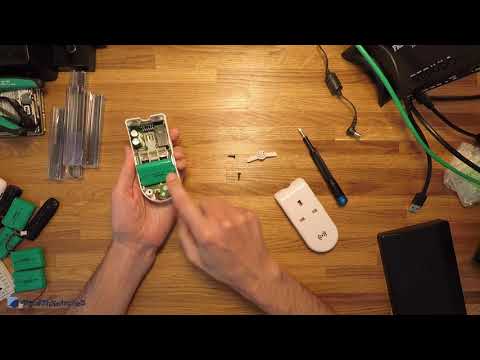There are a few UK devices from AlertMe which aren’t in the Iris V1 system drivers right now, so examining some code from the past and with @markus’s invaluable help deciphering the data block, I present my first drivers!
There’s every possibility that these will work with their Iris V1 equivalents as well, given that generation of Iris was built on the AlertMe platform.
They all have presence detection for troubleshooting and system control (using key fobs) plus a ‘ranging mode’ for checking link quality (LQI). While in ranging mode device LEDs will double-flash to show a good quality link, or triple flash if the LQI is poor. This measurement is transmitted back to the Hub and shown on the device page.
It’s also handy if you have a pile of devices in front of you and you’ve forgotten which is which. ![]()
Driver Import
Usual method to install, just head to Drivers Code from the Advanced section of the side bar, click New Driver and Import. Paste in the RAW URL from below and hit Save.
- AlertMe Alarm Sensor - Import URL: RAW
The Alarm Sensor also mimics a Motion Sensor as the sound detection capability is not supported in all areas of Hubitat just yet. The driver reports both sound and ‘motion’.
-
AlertMe Button - Import URL: RAW
-
AlertMe Contact Sensor - Import URL: RAW
-
AlertMe Key Fob - Import URL: RAW
-
AlertMe Lamp - Import URL: RAW
The Lamp is a desktop indicator rather than a room-illuminating ‘bulb’, with the ability to run sequences based on RGB colours, fade duration and dwell times. The Lamp has an internal battery and should (!) act as a repeater.
-
AlertMe Motion Sensor - Import URL: RAW
-
AlertMe Power Clamp - Import URL: RAW
Power usage in Watts, power summary in Kilowatt-hours, battery voltage and percentage, temperature and device uptime.
- AlertMe Smart Plug - Import URL: RAW
Relay on and off, power usage in Watts, power summary in Kilowatt-hours, battery presence, voltage, percentage and charging state, supply presence, state mismatch (for warning when there is load demand but the supply has failed) and temperature (skewed and roughly corrected). These outlets also act as repeaters on mains and battery power, so their feature set is pretty much the best I’ve ever found.
Device Maintenance
If your smart plugs power down when unplugged from the supply, their internal rechargeable batteries have expired. Here’s how to replace them, after which they’ll run for ages with mains power off.
The Future
There are no doubt errors and omissions, pull requests are gratefully received!
If you do end up using these, please post here to let me know, always good to hear that someone’s finding such things useful.
